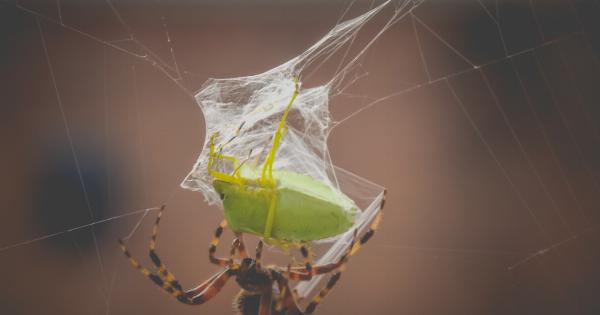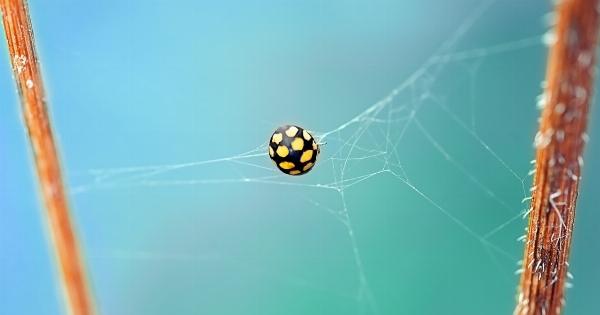When we think of creatures that are less trustworthy, we often envision large and menacing beasts, but what about the tiny creatures that can be just as untrustworthy? These tiny critters may seem harmless, but they can cause a great deal of damage and can be quite deceiving. Here are some of the tiny fellas that you may want to be wary of.
Bed Bugs
Bed bugs are tiny, wingless insects that feed on the blood of humans and animals. They are found in beds, furniture, and other places where people sleep or spend a lot of time.
Bed bug infestations can be very difficult to detect and eradicate, and their bites can be quite painful and itchy. If you suspect that you have a bed bug infestation, it’s important to contact a pest control professional to take care of it.
Ticks
Ticks are tiny, blood-sucking arachnids that can transmit a variety of diseases to humans and animals. They are commonly found in wooded areas, and they can attach themselves to humans and animals as they pass by.
If you notice a tick on your skin, it’s important to remove it as soon as possible to prevent the transmission of diseases.
Termites
Termites are tiny, wood-eating insects that can cause a great deal of damage to homes and other structures. They can tunnel through wood and other materials, causing structural damage that can be very expensive to repair.
If you suspect that you have a termite infestation, it’s important to contact a pest control professional to take care of it.
Fleas
Fleas are tiny, wingless insects that feed on the blood of humans and animals. They are commonly found on pets, and they can be quite difficult to eradicate.
Flea bites can be quite painful and itchy, and they can transmit a variety of diseases to humans and animals.
Mosquitoes
Mosquitoes are tiny, flying insects that feed on the blood of humans and animals. They are known for their itchy bites, but they can also transmit a variety of diseases to humans and animals.
Mosquito-borne diseases include malaria, dengue fever, and West Nile virus.
Cockroaches
Cockroaches are tiny, fast-moving insects that can be very difficult to eradicate. They are known for their ability to survive in harsh conditions, and they can transmit a variety of diseases to humans.
Cockroach infestations can be very difficult to detect, and they can cause a great deal of damage to homes and other structures.
Ants
Ants are tiny, social insects that can be found all over the world. They are known for their ability to form complex colonies, and they can be quite difficult to eradicate.
Ants can contaminate food and transmit diseases to humans and animals, making them a health risk in some situations.
Mites
Mites are tiny, arachnid-like creatures that can be found in a variety of environments. Some mites are harmless, but others can cause a great deal of damage to plants, animals, and humans.
Mites can transmit diseases and cause allergies, making them a health risk in some situations.
Flies
Flies are tiny, flying insects that are found all over the world. They are known for their ability to transmit diseases to humans and animals, and they can be quite difficult to eradicate.
Common fly-borne diseases include typhoid fever, cholera, and dysentery.
Bees and Wasps
Bees and wasps are tiny, flying insects that are known for their ability to sting. While most bee and wasp stings are harmless, some people can have severe allergic reactions to them.
Bee and wasp stings can also be quite painful, making these tiny creatures less than trustworthy.



























